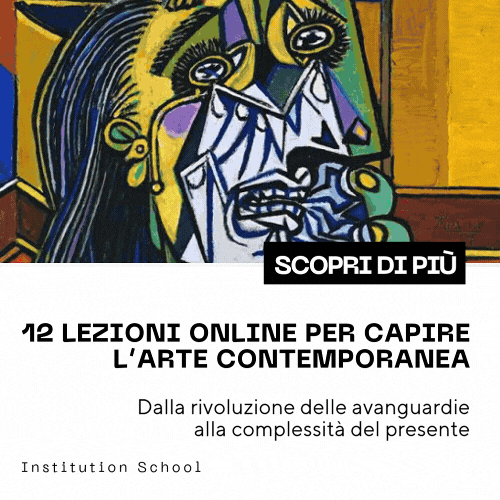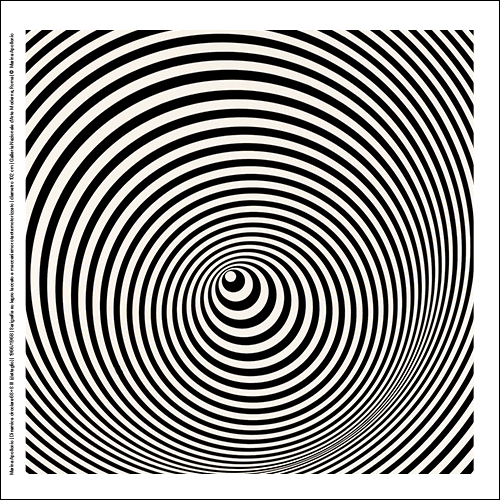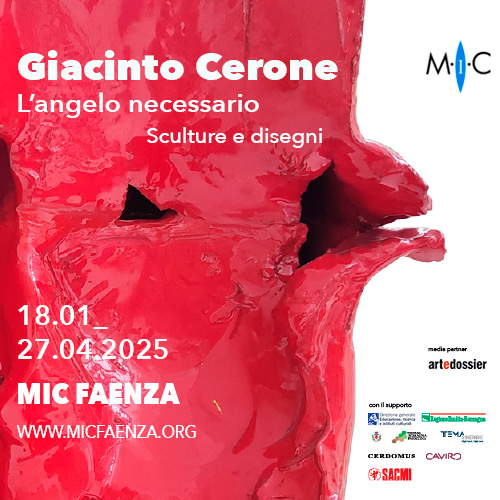by Redazione , published on 04/03/2018
Categories: Exhibitions
/ Disclaimer
An exhibition on ceramics from the historic Lenci factory opens at the Museum of Ceramics in Faenza. Objects from the 1930s that tell the taste of the time.
It opened today, March 4, and runs until June 3, 2018, at the Museo Internazionale della Ceramica in Faenza, Italy, the exhibition Lenci. Giuseppe and Gabriella Ferrero Collection, dedicated to the historic Lenci factory in Turin and, in particular, to Lenci ceramics from the Giuseppe and Gabriella Ferrero Collection: this is the most important and richest collection of Lenci ceramics. In addition to these, the exhibition will also include, in order to allow for an important comparison, ceramics from Manifattura Estevi, which imitated the style of Manifattura Lenci: it was founded in 1934 by Sandro Vacchetti, an outcast from Lenci. The latter, on the other hand, arose in 1919 from an idea of Enrico Scavini and his wife Elena König: the aim was to produce dolls and toys, but also children’s sets, furniture and furnishings, as well as a particular fabric for furniture, tapestries and dolls that would later become known as pannolenci.
It was in 1927, however, that the company decided to start producing small ceramic figures and objects: from 1928 a very rich catalog of sculptures and ornaments such as vases, boxes, and knick-knacks, all painted, was born, which became fashionable among the Italian small and middle classes of the time. Contributing to the success of lenci ceramics was the flair of artists such as Gigi Chessa, Abele Jacopi, Ines and Giovanni Grande, Felice Tosalli, as well as Sandro Vacchetti himself and also the owner Elena König, who invented the successful Signorine series, which were intended to “reproduce” in ceramics the Turin petty bourgeoisie of the 1930s. These were works that made the fortune of the Lenci factory and drew inspiration from the fashion magazines of the time, as well as from costume scenes, and tell the story of a society’s taste.
The exhibition, curated by Valerio Terraroli and Claudia Casali, can be visited during MIC’s opening hours: until March 31, Tuesday through Friday from 10 a.m. to 4 p.m., Saturdays, Sundays and holidays from 10 a.m. to 5:30 p.m. April 1 through June 3, Tuesday through Sunday and holidays from 10 a.m. to 7 p.m. Closed on non-holiday Mondays and May 1. Ticket (valid for museum admission): full 10 euros, reduced 7 (for over 65s, groups of at least 15 people, military, disabled, ACI card, Arci, ArtCard, Coop, Cral Poste, CTS, Dopolavoro ferroviario, FAI, Federcampeggi, Italia Nostra, Turismo Itinerante, T.C.I. members, Amico Treno members, QUI!CULTURA coupon holders, Musei Metropolitani Bologna Card holders, people in general who take advantage of agreements in place with other museums), reduced student 3 euros (for children from 15 years old), free for children up to 14 years old, ISA and ISIA Faenza students and teachers, Faenza ceramists, Faenza schoolchildren, tour operators, journalists, the disabled, ICOM members, Romagna Visit Card, other categories indicated by current regulations, or personalities welcomed by the Presidency or Management on a visit. Family entrance 2 adults and at least 1 child, 15 euros, “Faentine” entrance 5 euros. Also free for Faenza schoolchildren and preschools, elementary and middle schools. 3 euros for high school groups. For all info you can visit the Faenza MIC website.

Below is a selection of works in the exhibition:
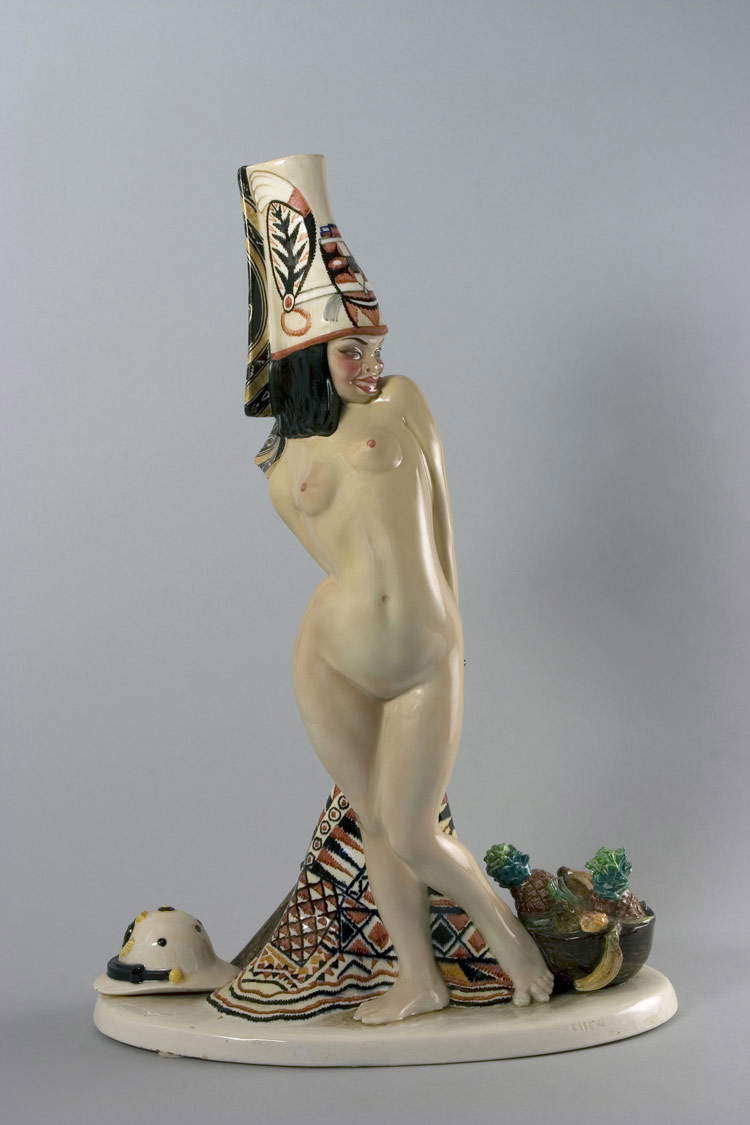 |
|
Sandro Vacchetti, Abyssina (1931; tarraglia, 54 x 37 x 19 cm; Giuseppe and Gabriella Ferrero Collection) |
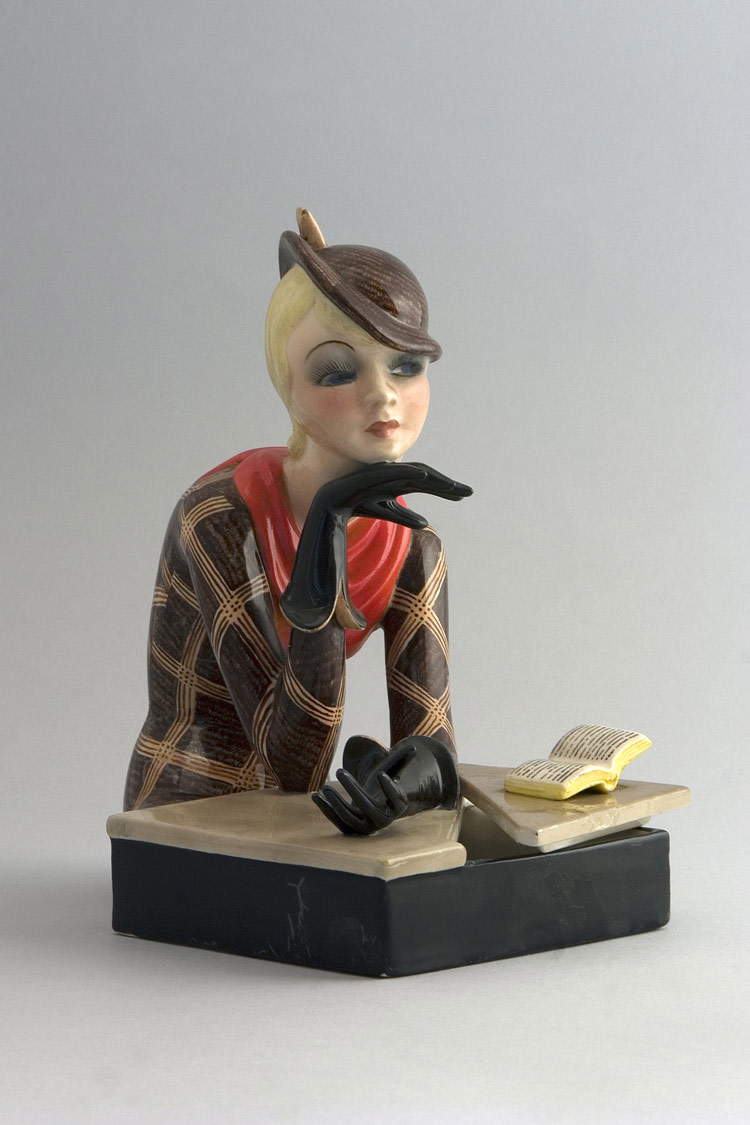 |
|
Elena König Scavini, Al caffè (1933; earthenware, model 289 (from 1932), 21.5 x 11.6 x 18.3 cm; Giuseppe and Gabriella Ferrero Collection) |
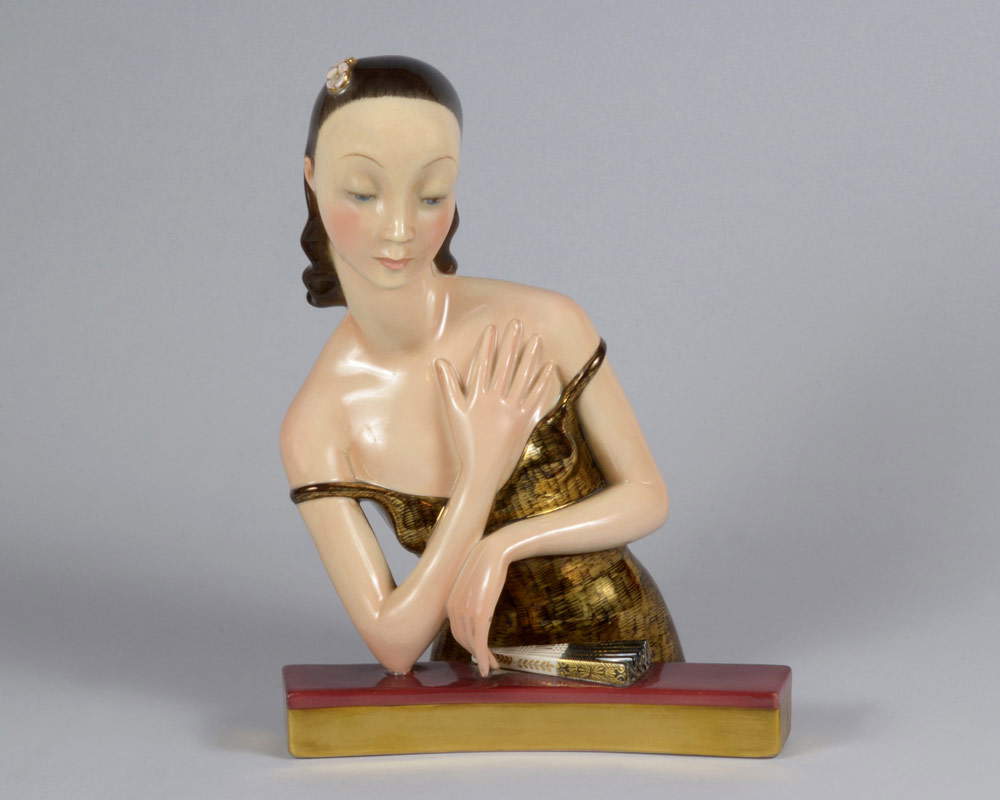 |
|
Elena König Scavini, At the Theater (model 840, earthenware, 28.5 x 20.5 x 11.8 cm; Giuseppe and Gabriella Ferrero Collection) |
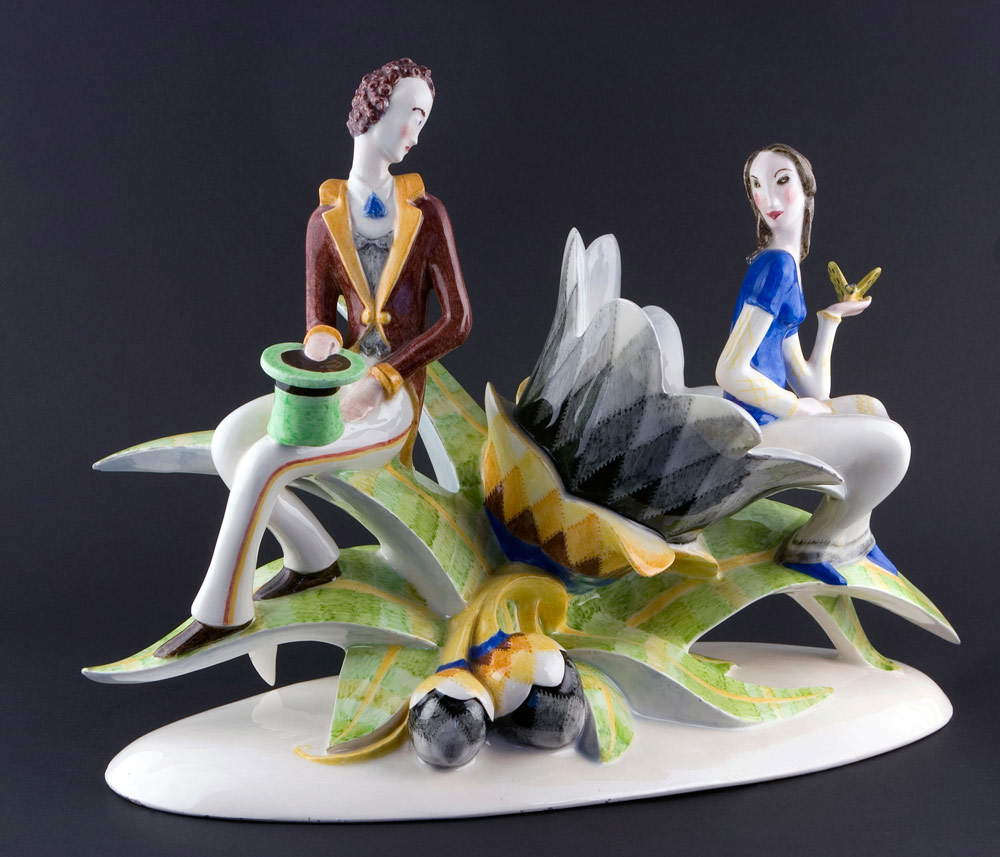 |
|
Mario Sturani, Lovers on the Flower (1929; earthenware, model 6, 25 x 37 x 16 cm; Giuseppe and Gabriella Ferrero Collection) |
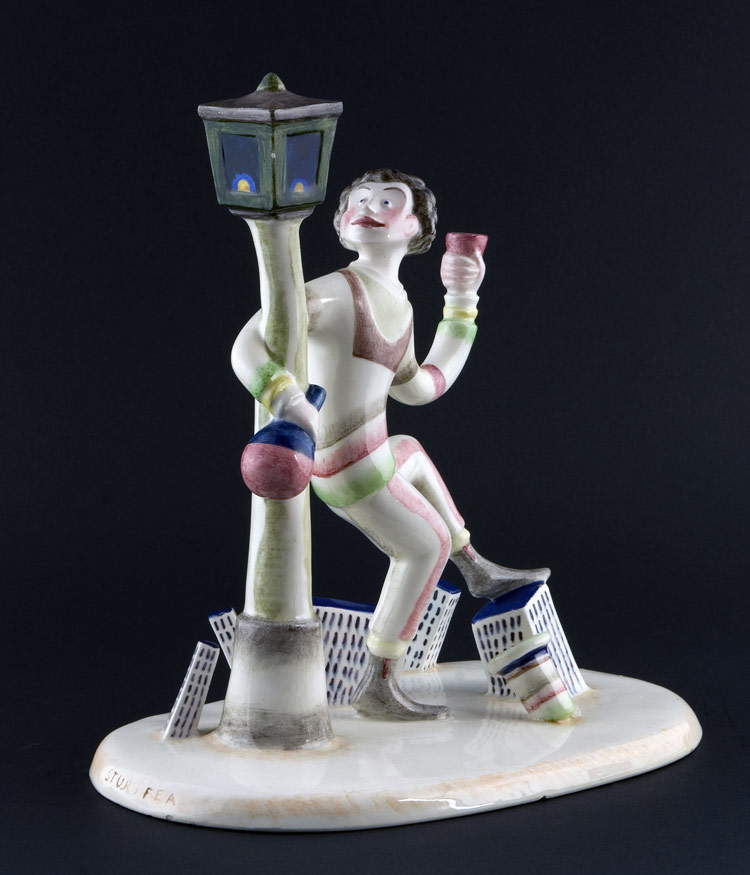 |
|
Mario Sturani, Dry Regime (1929; earthenware, model 4, 25 x 25.2 x 15.6 cm; Giuseppe and Gabriella Ferrero Collection) |
 |
|
Mario Sturani, Nude with Fur (1931; model 268/I, earthenware, Vase: h 17.5 x diam. 29.1 cm; Figure: 34.5 x 9.5 x 7 cm; Giuseppe and Gabriella Ferrero Collection) |
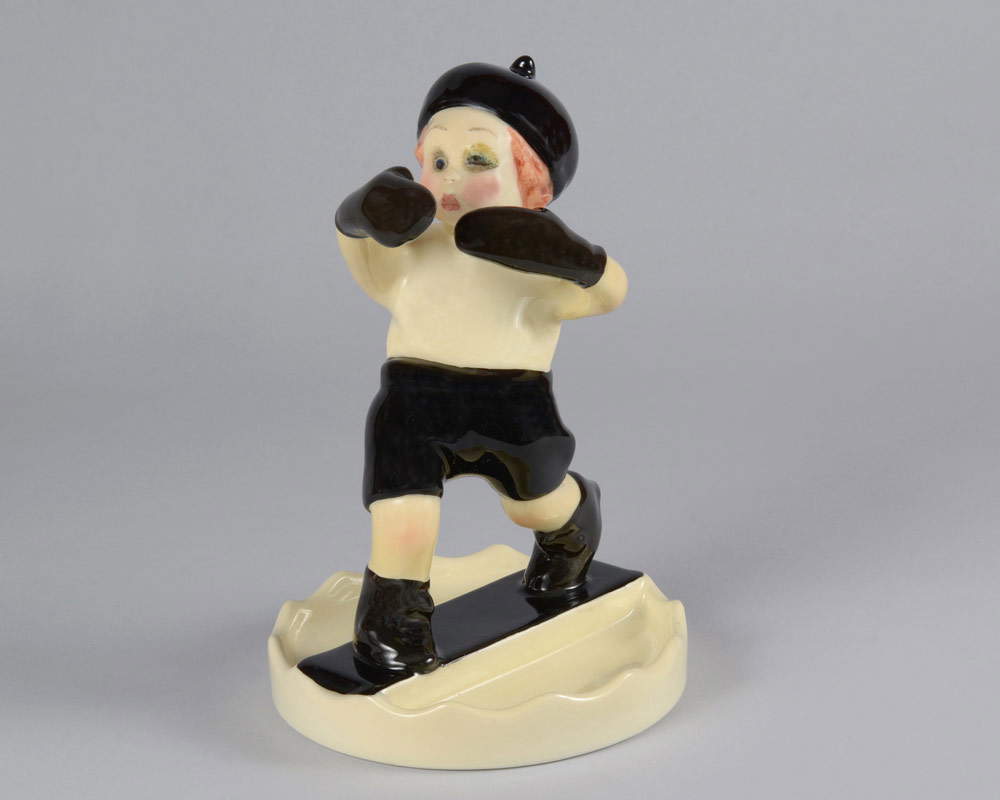 |
|
Sandro Vacchetti, Boxer (1931; model 226, earthenware, h 17.5 x 11.7 cm; Collection Giuseppe and Gabriella Ferrero) |
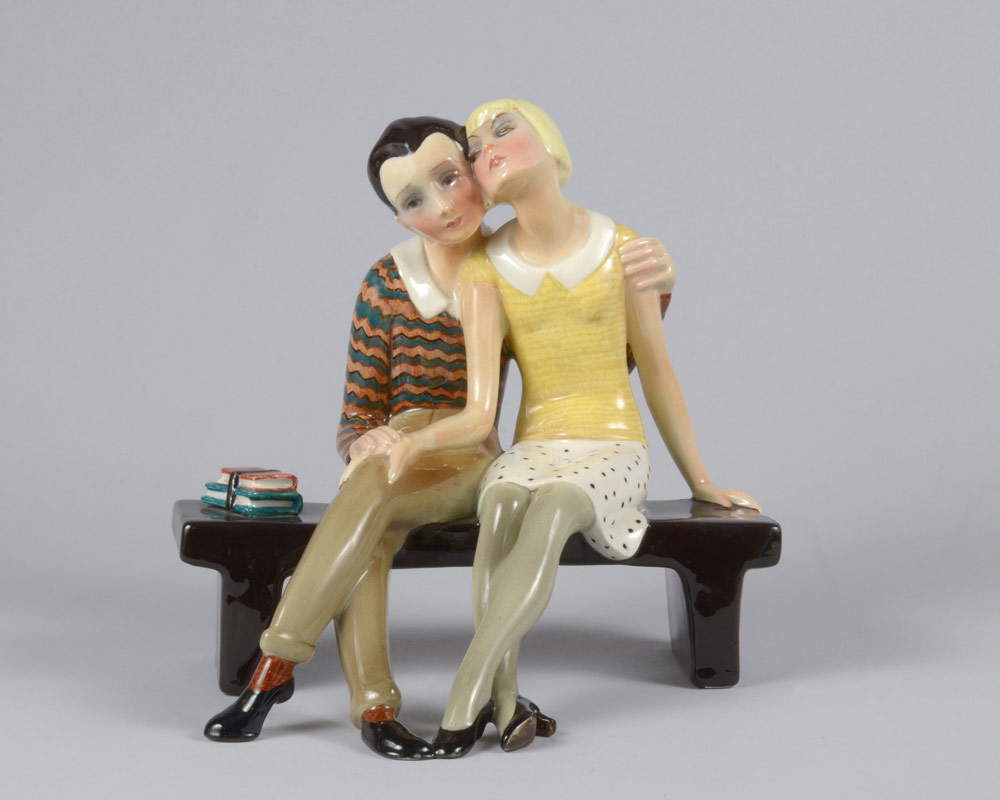 |
|
Sandro Vacchetti, Giovinezza (model 442, earthenware, 20 x 19.5 x 15.7 cm; Giuseppe and Gabriella Ferrero Collection) |
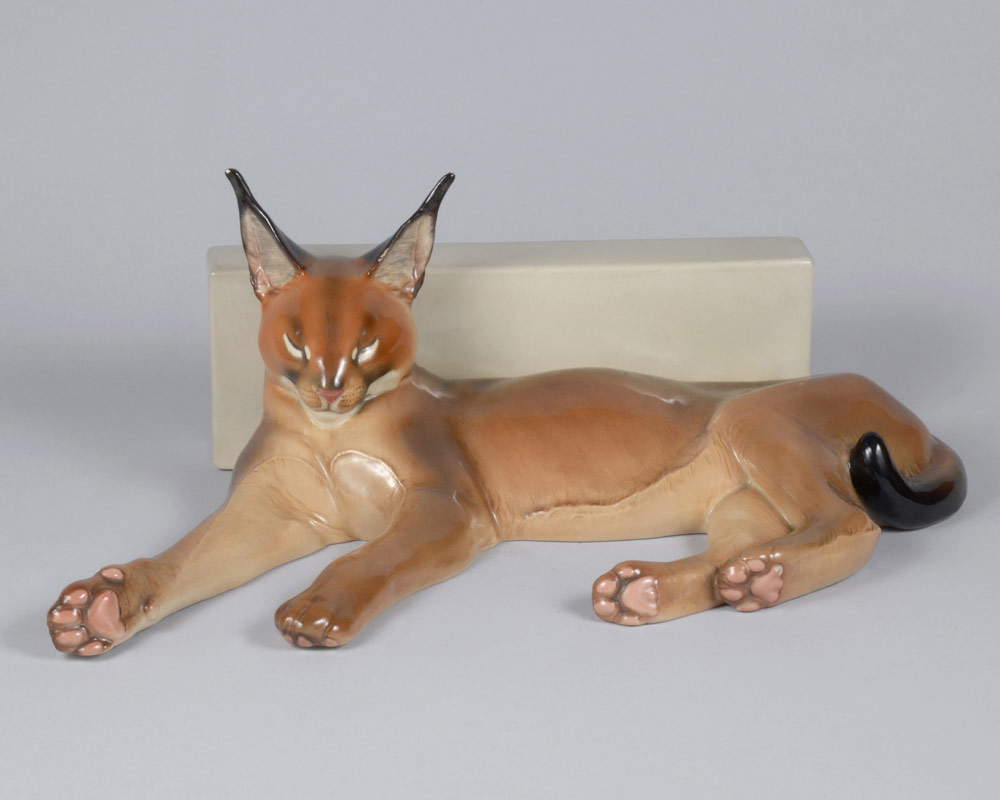 |
|
Felice Tosalli, Caracal (1938, earthenware, model 123 (from 1929), 14.5 x 41.2 x 25 cm; Giuseppe and Gabriella Ferrero Collection) |
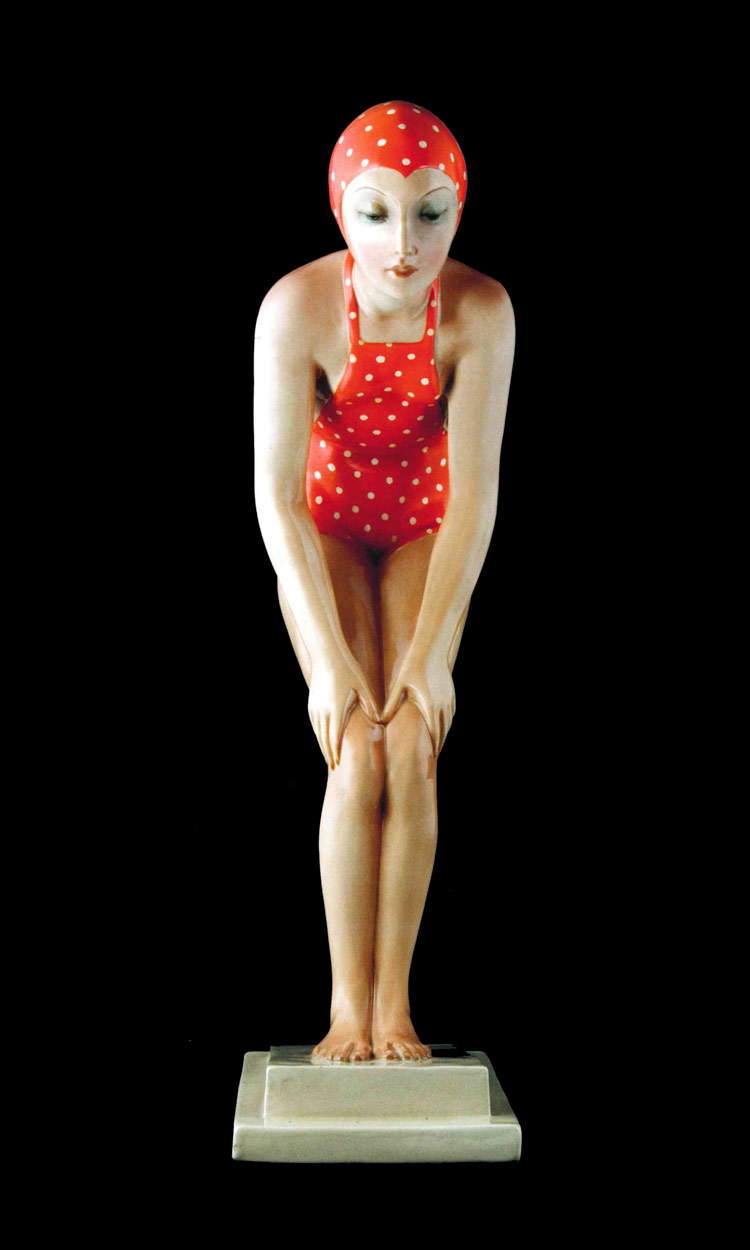 |
|
Abele Jacopi, The Diver (1936-1937; earthenware, model 675; Giuseppe and Gabriella Ferrero Collection) |
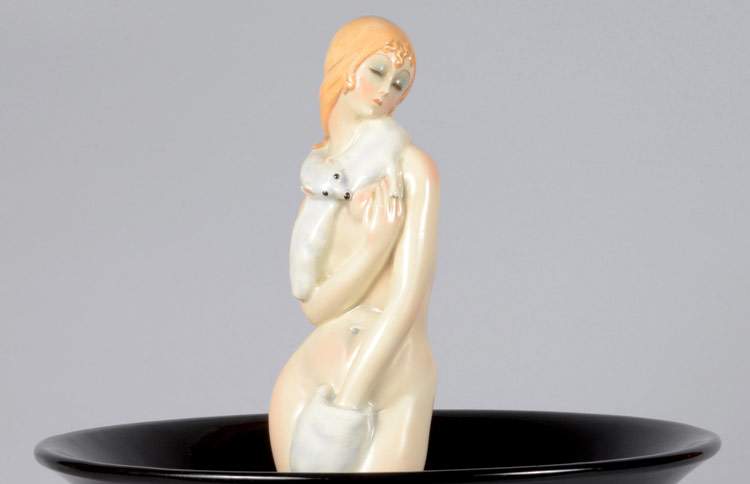 |
| The historic ceramic figurines of the Lenci factory on display in Faenza. Here is a selection of images |
Warning: the translation into English of the original Italian article was created using automatic tools.
We undertake to review all articles, but we do not guarantee the total absence of inaccuracies in the translation due to the program. You can
find the original by clicking on the ITA button. If you find any mistake,please contact us.

















